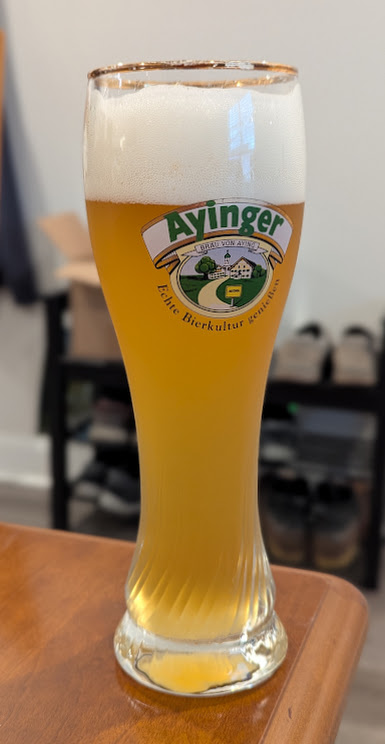So, my next beer is going the be a Hefe and while I have the recipe pretty nailed down, after reading a few threads I am in a bit of a quandary. My initial plan was to use the Weinstaphen (sp?) strain, but have been reading about the WLP300 and the Munich classic and am torn now on what yeast to use. I am looking more for the banana than the clove but I read that is really a temp thing. So, all knowing ones, which would you use?
https://share.brewfather.app/uoAicKi5ZJAis9
this is the recipe I am going to use.
https://share.brewfather.app/uoAicKi5ZJAis9
this is the recipe I am going to use.
















![Craft A Brew - Safale BE-256 Yeast - Fermentis - Belgian Ale Dry Yeast - For Belgian & Strong Ales - Ingredients for Home Brewing - Beer Making Supplies - [3 Pack]](https://m.media-amazon.com/images/I/51bcKEwQmWL._SL500_.jpg)









































